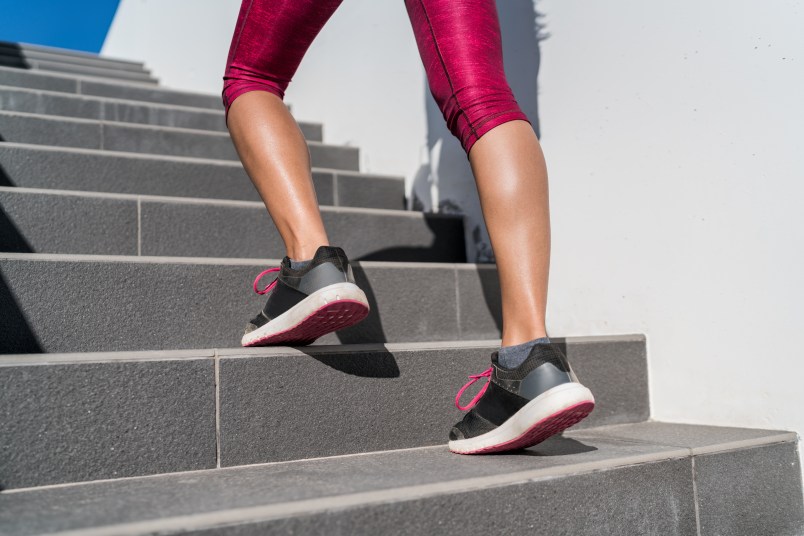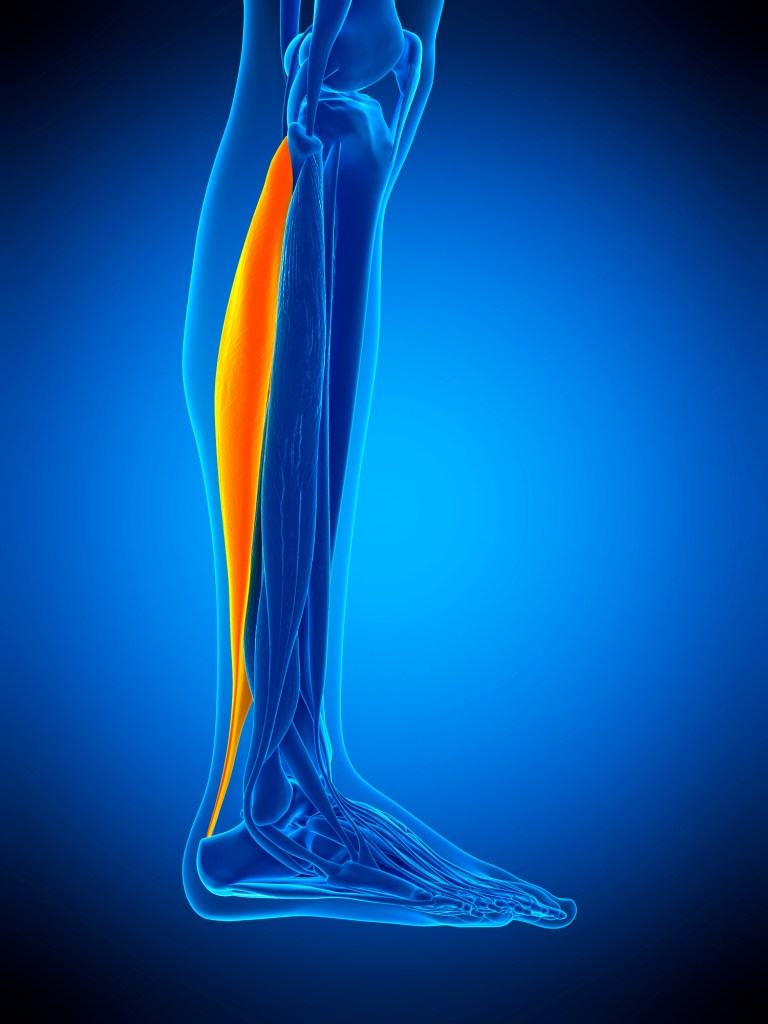Can Your Calf Muscles Prevent Dementia and Parkinson’s Disease? Experts Think So.

There are definite ways we can reduce the risk of cognitive decline as we age. Of course, genetics factor in — but lifestyle choices also affect how long our brains stay sharp (or don’t). Changing your diet is probably the first thing that comes to mind when you think about preserving your brain’s health.
It turns out, though, that exercising your calf muscles could also have an effect, and could be related to the prevention of dementia. If this sounds a little wacky, read on to find out how the brain and calves connect.
Low Blood Pressure, Cognitive Decline, and Calf Exercises
In a 2017 study published in Alzheimer’s Research and Therapy, researchers found that low blood pressure could be a predictor of cognitive decline and dementia. Another team of researchers from Binghamton University conducted a more recent study last year to understand how blood pressure and cognitive function were related.
But what do these studies of dementia have to do with your calf muscles? Blood pressure, in fact, is the link. Numerous studies show that chronically low blood pressure increases the risk of dementia and age-related cognitive decline — and you can quickly boost your blood pressure by exercising your calves.
Binghamton Study Results
In the Binghamton study, scientists used a tool approved by the FDA to evaluate cognitive function in people over the age of 50.
The online test, which took about 10 minutes to complete, assessed cognitive function on a scale of 0 to 100. A score above 75 placed the test taker in the expected cognitive function range for their age. Scores between 50 and 75 indicated below-normal range in cognitive function, and thus an increased risk of developing dementia. A score below 50 indicated that the subject was already dealing with symptoms of dementia.
The researchers compared these scores to the subjects’ blood pressure readings. Interestingly, they found that those who had consistently low resting blood pressure — your blood pressure reading after you have been sitting quietly for 10 to 15 minutes in a calm environment — scored the lowest on the cognitive assessment test.
The collective findings of the 2017 Alzheimer’s study and the more recent Binghamton study suggest that low blood pressure — specifically low diastolic BP — and dementia risk are connected. And that doing calf exercises the right way can raise your diastolic BP and your cardiac output.
But how does that work?
Blood Pressure and the Calf Muscles
Low diastolic BP can be caused by things like heart failure or certain medications. However, to scientist Kenneth McLeod, “it is a matter of the heart not pumping out enough blood.” This condition is called low cardiac output.

McLeod opines that the soleus muscles in our calves are the main muscles that pump blood back up to the heart. He and his team found that resting diastolic blood pressure is influenced by the soleus muscles. According to their findings, you can improve blood pressure and blood flow to your brain by retraining your soleus calf muscles. In fact, other experts have called the legs “the second heart!”
The soleus muscles are deep postural muscles that help us point our toes. Preliminary research suggests that stimulating the soleus muscles raises diastolic blood pressure and, furthermore, may help to reverse age-related cognitive impairment — pretty interesting, right?
Working the Calves
There are a few ways to increase blood flow in the calves and soleus muscles. You can choose a form of “passive exercise” with electrical or mechanical soleus stimulation in a physical therapists office or use a manual at-home massage gun. Both of these boost blood flow to the heart. Another option is to strengthen the calf muscles with specific exercises. Focus on strength-building, resistance exercises that work the soleus, like toe-stands or squats.
For example, try holding a toe-stand for 15 to 30 seconds, resting for 15 seconds, and performing five rounds. Alternatively, do five rounds of 10 slow squats. Over time, you can make your leg workout harder as you get stronger!
There is currently no known cure for dementia, but research like this shows how small adjustments to our daily lives may help preserve brain health. We hope this information gives you a dose of motivation to get those legs moving!












